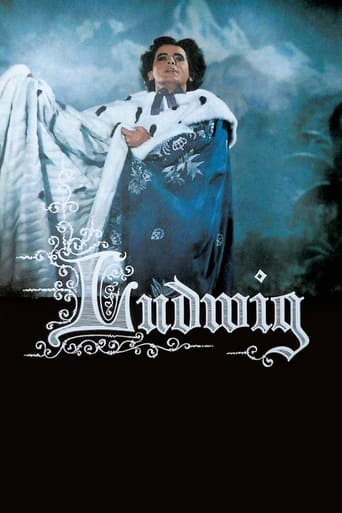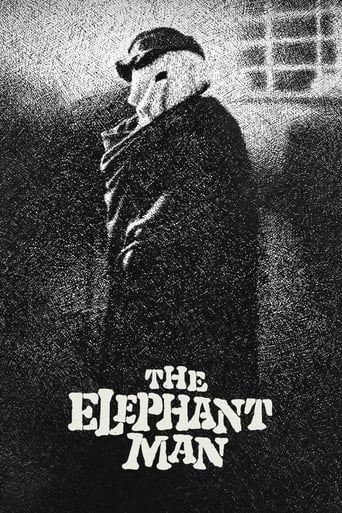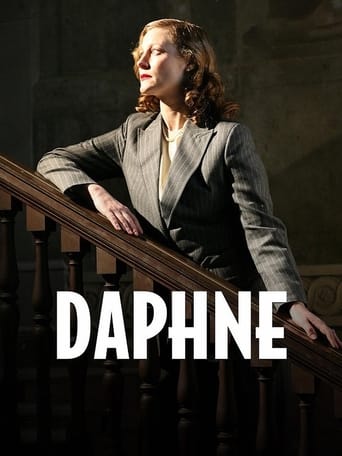

Ludwig – Requiem for a Virgin King (1972)
Reflected in an artificial and bombastically staged illusory world with Wagnerian compositions, glossy and satirical time references, 19th century German figures and traditions are stripped of their mythology and interpreted by the Germany of 1972.
Watch Trailer
Cast


Similar titles
Reviews
"Ludwig - Requiem für einen jungfräulichen König" or "Ludwig - Requiem for a Virgin King" is a West German color film from 1972, so this one has its 45th anniversary next year. The writer and director is Hans-Jürgen Syberberg, who made this film in his mid-30s. If you know Syberberg, you will probably know that his films are usually very long. His take on Hitler lasts for 7 hours, his take on Parsifal for 4 hours. So it is actually fairly surprising that Ludwig only gets slightly under 2.5 hours. As his other works, it is really more of a stage production than a film in the traditional sense. The cast includes a handful of actors that you usually know only mostly from working with Rainer Werner Fassbinder. This includes Harry Baer, who plays the title character, but also Ingrid Caven, Günther Kaufmann and Rudolf Waldemar Brem. Other than these, there are some of Syberberg's regular actors in here, but also people who never appeared in films at all, just in stage performances. For me, this film was a bit too bizarre and lacked focus and order in many occasions. Also it felt pretty strange how Syberberg went so far away from the Ludwig Story that he included also Hitler again, who of course lived a long long time after Ludwig. I cannot say I enjoyed the watch and maybe I would have if this film had been an hour shorter and really only about the title character and those close to him. Not recommended.
This one is difficult to review. It's the first of Hans-Jürgen Syberberg's so-called German trilogy--followed by Karl May and Hitler: A Film from Germany, collectively an extremely ambitious exploration of German history, culture, and thought in the troubled last half of the 19th century and the first half of the 20th.Usually, one can launch right into a discussion of the film itself--but not here. Syberberg's film is not quite like anything else you are likely to have seen, and one has to establish context. First, aesthetics: Syberberg is driven by two primary, and contradictory, influences: Wagner's concept of the Gesamkunstwerk, the total work of art, integrating image, word, and music into a single overpowering experience, by implication completely immersive; and Brecht's anti-naturalistic epic theater, one of the primary goals of which is constantly to remind the viewer that he is watching a play via a range of distancing techniques, such as breaking the fourth wall by directly addressing the audience. Without taking these two principles into account, Syberberg's style will appear almost incomprehensible.This is not a conventional narrative film; it proceeds as a series of tableaux taken from the life of Ludwig II, last king of Bavaria, castle builder, patron of Richard Wagner, and romantic, finally deposed for alleged insanity and (most likely) assassinated. (If you are tempted to watch this film (and I hope you are), it would not be a bad idea quickly to read the Wikipedia article on the life of Ludwig II.) These tableaux are staged in highly stylized sets back by giant backdrops—largely Romantic paintings. Some are naturalistic; some, dream sequences that bring in elements that Syberberg explores in the second and third films of his trilogy, including Hitler and Karl May—a German writer and filmmaker who wrote extensively about the Wild West while never leading Germany.The other essential element is Wagner. Ludwig's legacy to the world is twofold; first of all, his castles, bequeathed to the Bavarian state, and a source of enormous tourist revenue, and Wagner's final operas. It is quite possible that, without Ludwig's extravagant patronage, the Ring and Parsifal would never have been written, nor the Bayreuth festival begun. The Ring is an essential organizing principle here—the film begins with the prelude to Das Rheingold, complete with Rhine maidens (here conflated with the Norns in Gotterdammerung) and ends with the music of the Immolation scene in Gotterdammerung. Along the way, Syberber pairs crucial scenes with other Wagner selections including the love duet and Liebestod from Tristan und Isolde, and Siegfried's funeral march. (An additional stylistic subtlety; Syberberg uses Wagner performances by Furtwangler and Karajan, slow paced and hypnotic.) At the most obvious level, Ludwig comes off as an extravagant, surrealistic and dreamlike meditation on the life of one of the strangest monarchs in European history. But it is far more than that. The more you know about German history, literature, music, and culture, the more evident it becomes that the film is an extended meditation on those topics—in particular, the conflict between modernism, exemplified in the Prussian state and Bismark, and Romantic attitudes and nature worship. There are some extended passages from Goethe (I believe), for instance, that would have deeper resonance if one were familiar with his Iphigenia in Taurus. I am tolerably familiar with German history and history, and rather more deeply familiar with Wagner, and I have no doubt that there are references that flew right by me. If ever a film warranted the full Criterion treatment with detailed commentary, this one does.I haven't discussed performances—frankly, they are so subordinated to the overall design of the film that to say anything beyond Syberberg gets what he wants would be superfluous. There are other fascinating enigmas; why, for instance, are there two actors playing Wagner, one male and one female? Jungian animus and anima? One could go on for more pages than the reader would have patience for.How to rate this, and for what audience? For the serious minded film-goer, and for the Wagner enthusiast, at least an 8/10. I have been recently been pretty disgusted by most of what I see coming out on the screen, and a film like this—difficult and almost willfully obscure as it often is—is immensely refreshing as an alternative. It pushes the boundaries of what we recognize in the medium of film. Undoubtedly, to a significant degree, the more you bring to the film, the greater will be your reward.For the average film goer—a 6. But be patient, and be prepared to have your perceptions of what film is challenged.
Hans Jürgen Syberberg is best known for his film of Wagner's opera 'Parsifal', a film that I did not like at all. I call myself a Wagnerian and found his cinematic attempt to film that great masterpiece pretty much of a flop. I avoided Syberberg for years and years after that until Facets released his early films 'Our Hitler' and this one entitled 'Ludwig: Requiem for a Virgin King' fairly recently. I loved this film of Luwig. It helped a great deal that I am very familiar with his life's story and the history of Germany in the 19th century. It was also extremely helpful that I am very familiar with the operas of Richard Wagner. The surreal and often absurd tone of the film falls into place in my head because I've read a lot about these things. The cumulative effect is extremely moving though a tad mawkish at the very end, in the old German manner.For film buffs who have no experience or pre-knowledge of the people and historical events depicted here this film will be a great challenge. The best approach is simply to let the images and, especially, the text wash over you and sink in over time. It might even inspire people to read more about Ludwig and listen to Wagner's operas. I hope so.For the casual film goer Syberberg's masterpiece is a non-starter. But for the adventurous and mentally active film buff it is highly recommended. It is required viewing for all Wagnerians and Ludwig-ites.
This film is an allegorical presentation of the story of Ludwig II. That is, this film depicts the *myth* of Ludwig II. But don't expect the myth to amount to much in terms of a plot. Ludwig's life is told in a series of episodic tableaux, or loosely related visual metaphors (a technique which happens to be one of Syberberg's specialties). This is a good thing, contrary to what you might expect. The clever poetic quality of the film is what constitutes its enjoyment value. At times, however, the symbols are far too ambiguous or esoteric to actually represent anything. The pacing is also unbearably slow at points.Although Syberberg is usually considered a member of the "Neues Deutsches Kino" movement, his style really has little in common with his contemporaries. You will not find the ungainly, haphazard, gratuitous incoherence typical of Wenders and Herzog. Nor will you find the dark cynicism of those two directors. I would argue that most of this film is genuinely funny, in a subtle and lighthearted way.You should be aware that Syberberg is prone to the unfortunate Franco-German tendency of characterizing ideas as products of a particular race, and that he spends much time in the film attacking the "Anglo" idea of industrialism. That being said, he also takes swipes at Nazi figures (largely by associating them with the "Anglos"). The politics are at least strange enough to seem pleasingly exotic.










